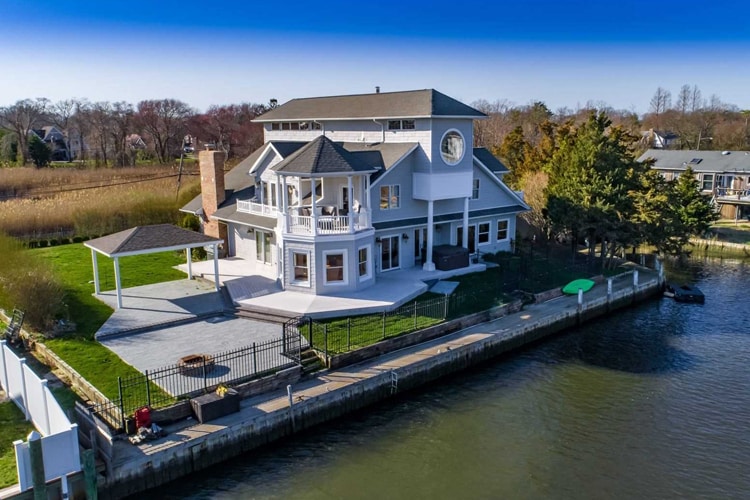Bayport
Get to know Bayport
The early years of Bayport suggest that it was first bought in 1677 by William Nicoll; Englishman from Islip, Northamptonshire.
After passing away in 1697, his son took charge of his will and broke up the land into different parts. He sold many portions of this large property to clear his debt.
Two men named Jeremiah Terry and Gersham Hawkins bought parts of this land and helped establish the town now known as Bayport.
The name was officially derived in 1871, some decades later from the purchase deed. The town became prevalent for its scenic views and, of course, easy access to the bay. It rapidly became the perfect escape for people needing to visit more of city life.
A national census in 1850 recorded around fifty-six families living in Bayport. Now, the latest census calculates 8,000 people. The town has come a long way. With access to high-end stores, hotels, and restaurants, residents find it hard to leave.
The beautiful landscapes and cozy homes make Bayport an excellent choice for people wanting to move to New York. It offers a safe and community-like feel where everyone is closely knit together. If this sounds like something you enjoy, consider giving Bayport, NY, a chance.
Also, if you’re looking to move to Bayport or are an existing resident, feel free to contact Zavza Seal and get a free quote.
Nearby Neighborhoods:
Bayport History & Culture
There were 3,222 households, out of which 33.8% had children under the age of 18 living with them, 60.0% were married couples living together, 8.8% had a female householder with no husband present, and 28.5% were non-families. 23.0% of all households were made up of individuals, and 11.4% had someone living alone who was 65 years of age or older. The average household size was 2.67 and the average family size was 3.20.
In the CDP, the population was spread out, with 25.6% under the age of 18, 5.3% from 18 to 24, 31.1% from 25 to 44, 25.0% from 45 to 64, and 13.0% who were 65 years of age or older. The median age was 38 years. For every 100 females, there were 91.4 males. For every 100 females age 18 and over, there were 88.0 males.
The median income for a household in the CDP was $74,861, and the median income for a family was $88,701. Males had a median income of $61,421 versus $40,247 for females. The per capita income for the CDP was $31,638. About 2.6% of families and 3.5% of the population were below the poverty line, including 1.4% of those under age 18 and 7.2% of those age 65 or over.

